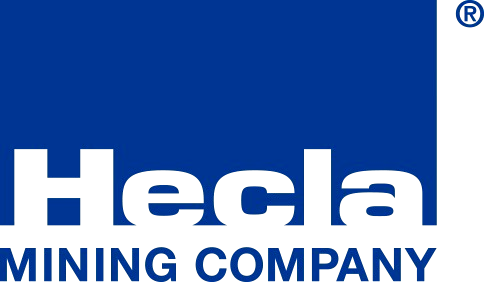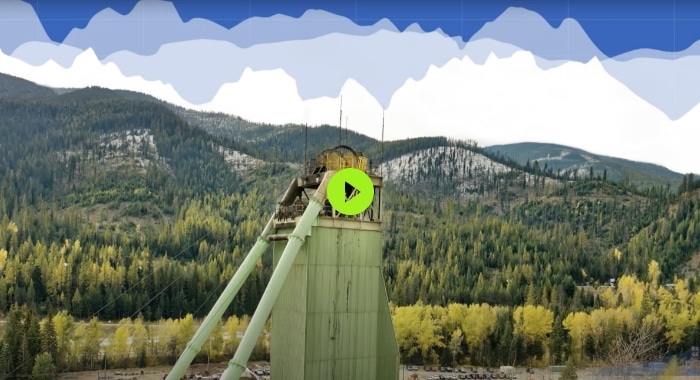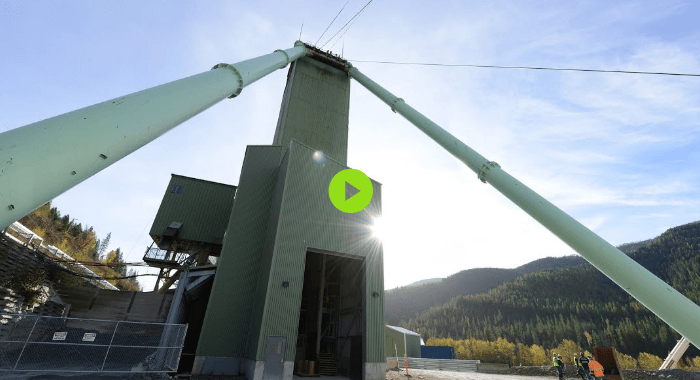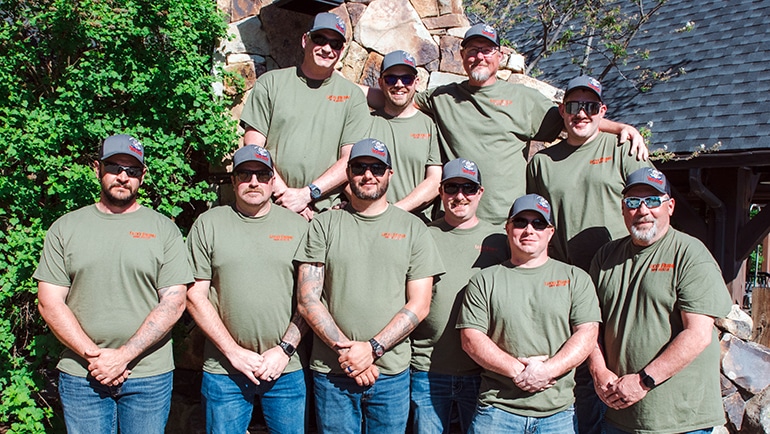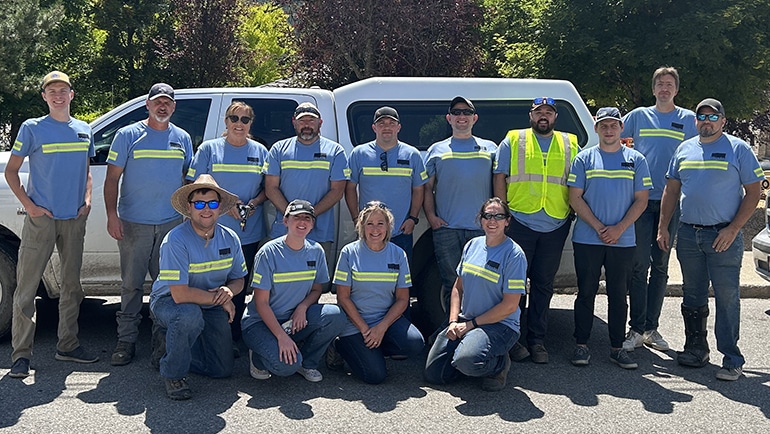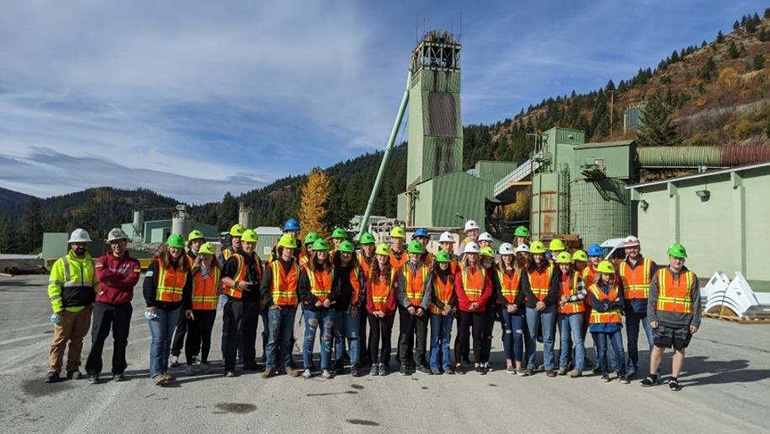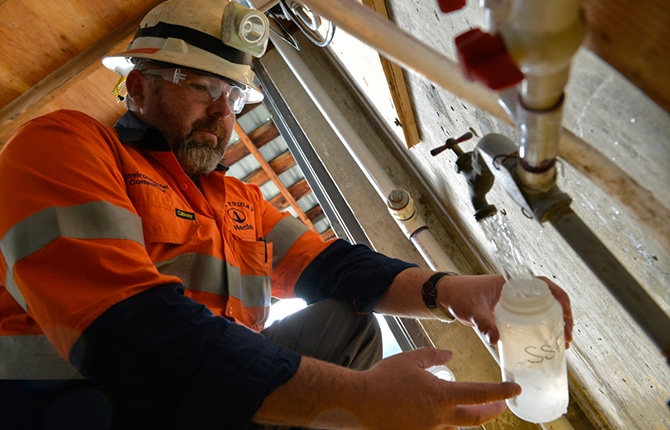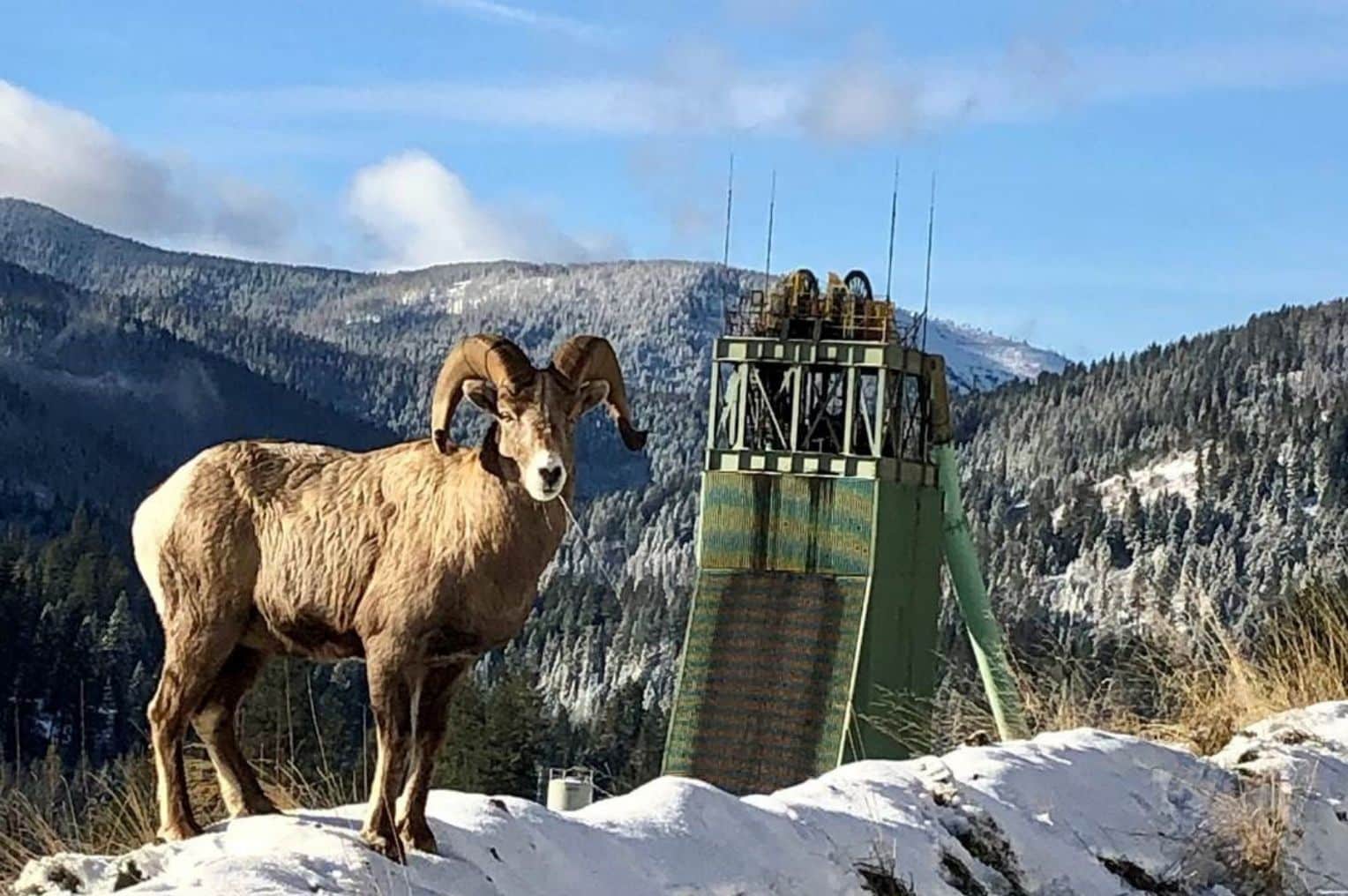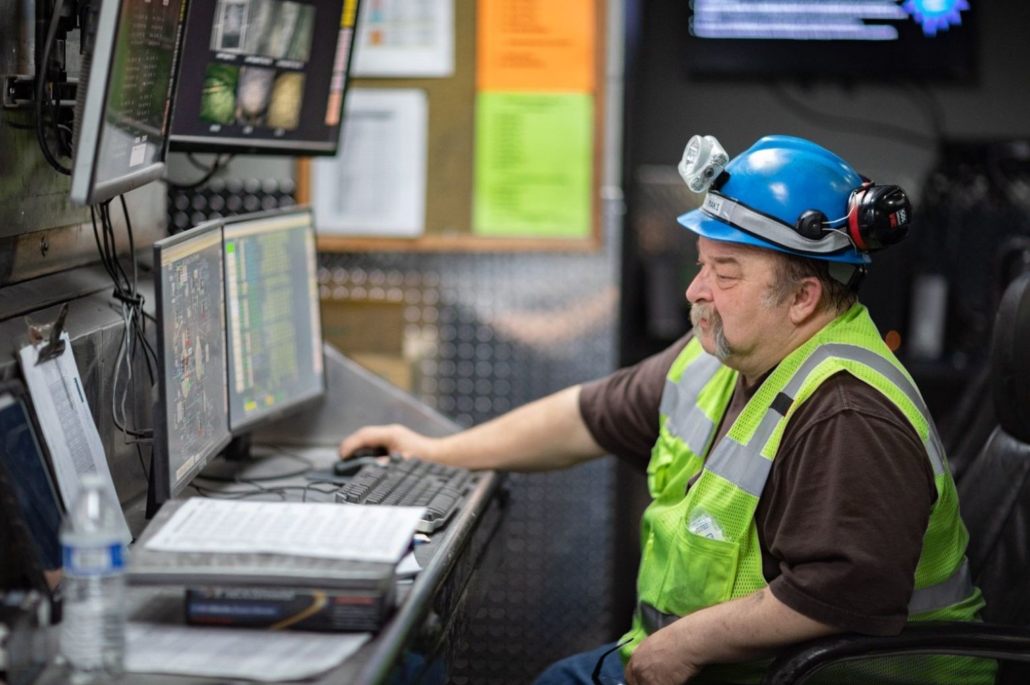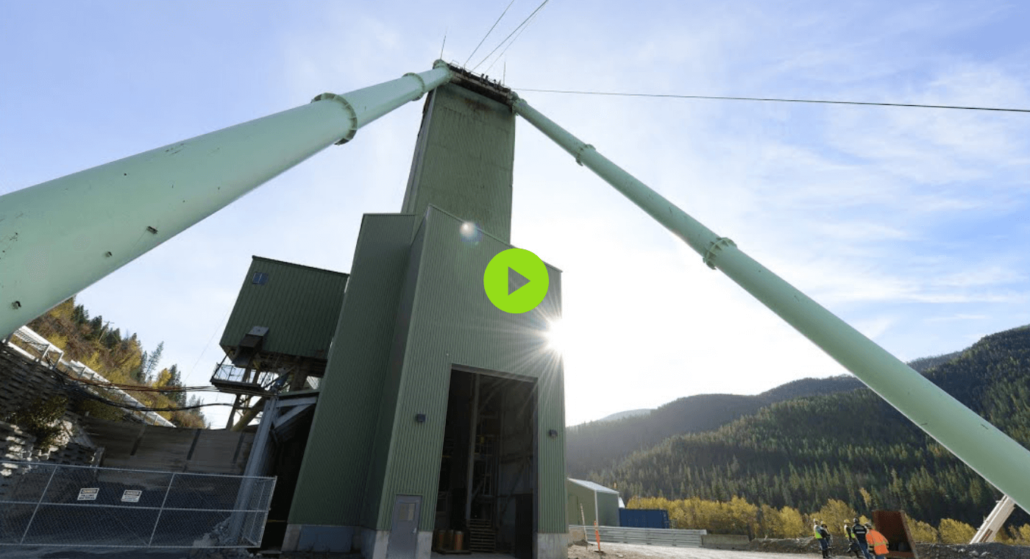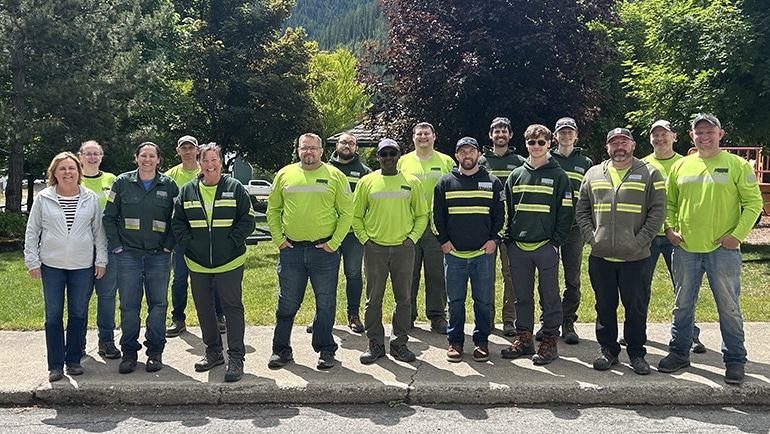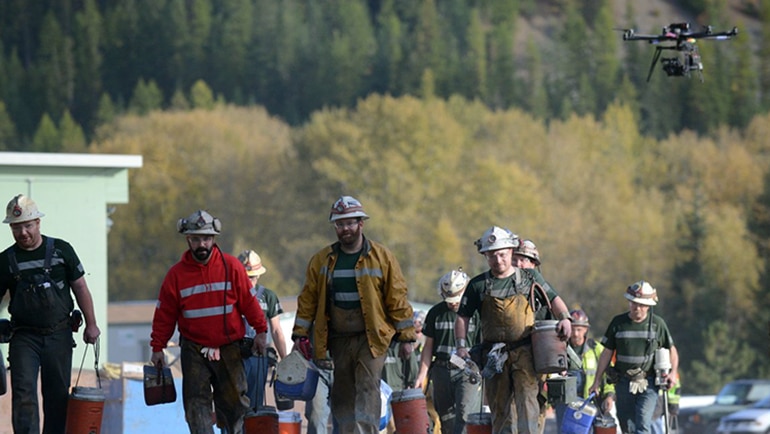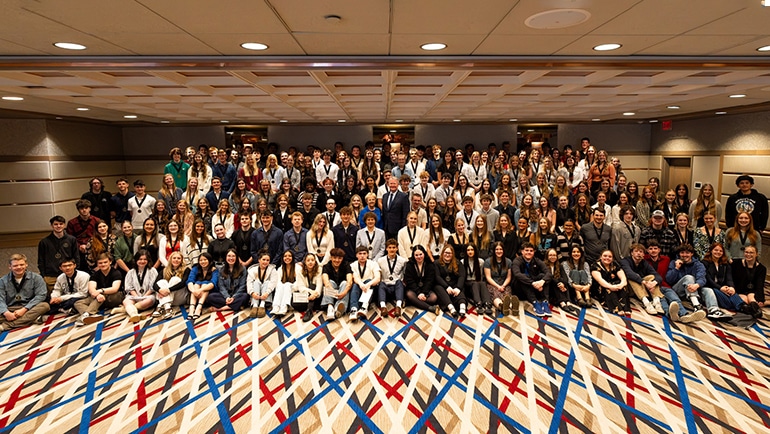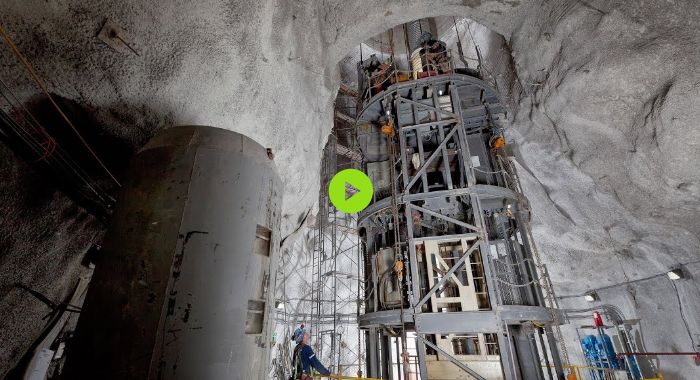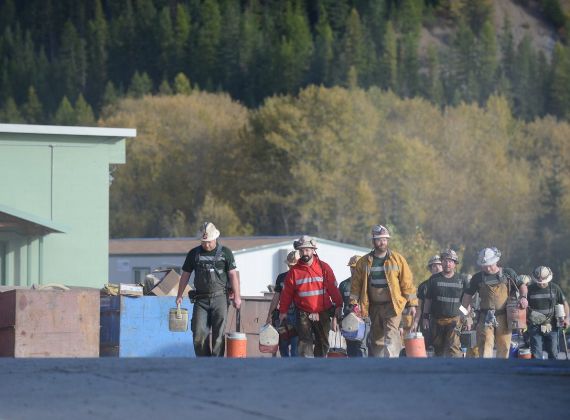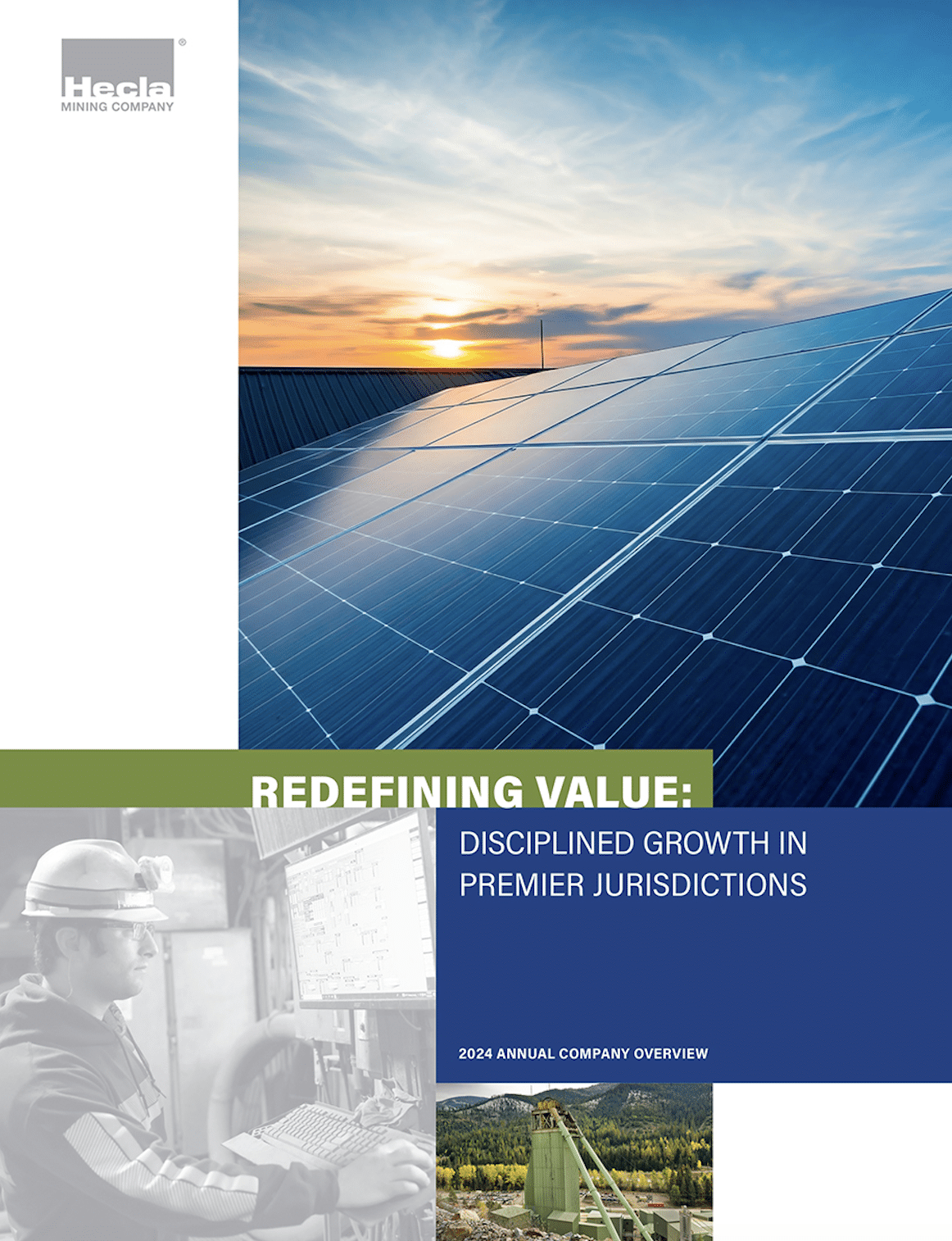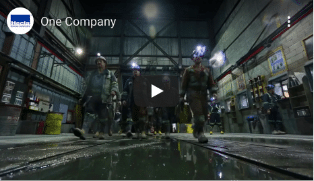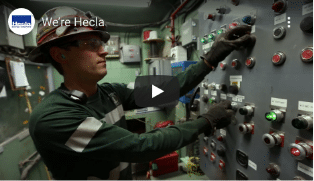The second ore-bearing structure, known as the Lucky Friday Expansion Area, is located in the Wallace Formation. It has been mined since 1997 pursuant to an operating agreement with Silver Hunter Mining Company (“Silver Hunter”), our wholly owned subsidiary. During 1991, we discovered several mineralized structures containing some high-grade silver ores in an area known as the Gold Hunter property, approximately 5,000 feet northwest of the then existing Lucky Friday workings. This discovery led to the development of the Gold Hunter property on the 4900 level. In 2008, through Silver Hunter, we completed the acquisition of all of the assets of Independence Lead Mines Company (“Independence”), including all future interest or royalty obligations to Independence and the mining claims pertaining to the operating agreement with Hecla Limited that was assigned to Silver Hunter.
The principal mining method at the Lucky Friday unit is ramp access, cut and fill. This method utilizes rubber-tired equipment to access the veins through ramps developed outside of the orebody. Once a cut is taken along the strike of the vein, it is backfilled with cemented tailings and the next cut is accessed, either above or below, from the ramp system.
There are three main phases to the mining process: development, production, and backfilling.
Development – the tunneling or accessing phase
Using plans from the geology and engineering departments, miners drive tunnels 12ft high by 12ft wide to access the various ore zones to be mined.
Production – the extraction phase
The method of extraction depends upon the geological nature of the orebody involved. Some of the narrower orebodies can be extracted using conventional mining methods (slushers and jackleg drills), mining as narrow as three feet. In other, more massive orebodies, mechanized mining methods are employed using large rubber-tired equipment to mine widths of up to 20 feet.
Backfilling – the replacement phase
The voids created during the production phase are filled up with a combination of mill waste (tailings) and cement. This “backfilling” process stabilizes the production voids and allows extraction of the ore beside, above, and even below the backfilled area.

